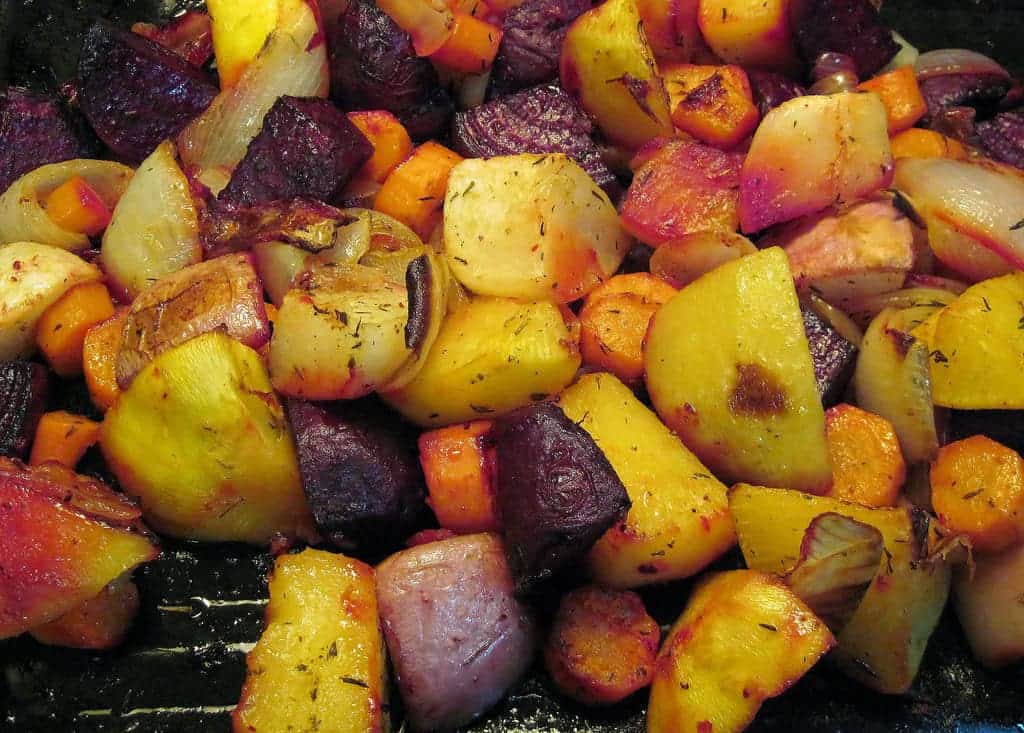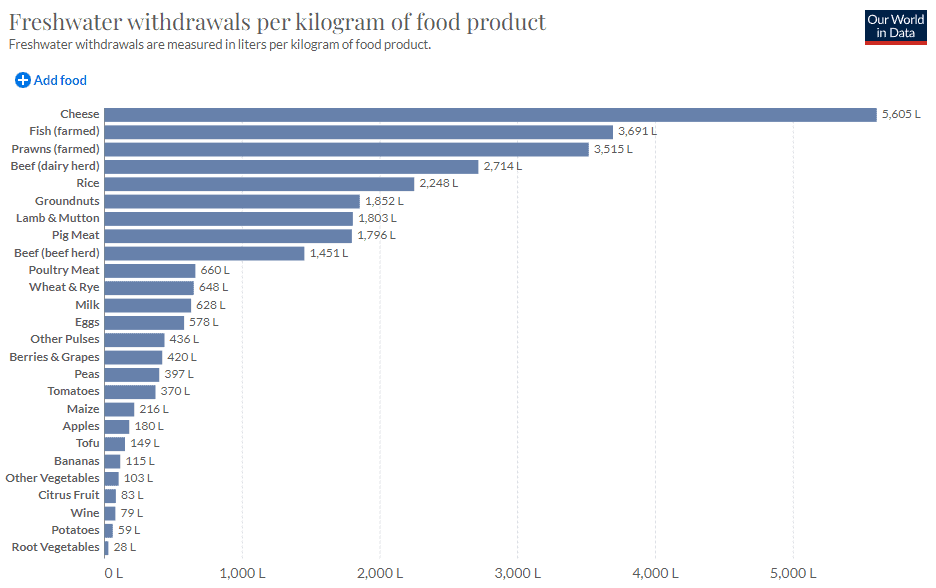There’s no simple way to tackle the big environmental problems of our time. Global warming is a truly global problem that will require us to rethink crucial aspects of our society — but it’s not the only big problem. Soil degradation, deforestation, and pollution are all major challenges — as is water availability.
Even in developed countries with significant water resources, water scarcity is not uncommon and globally, 4 billion people suffer serious water scarcity at least one month per year. Several management practices have been introduced to ensure that water use is more sustainable, but surprisingly, one of the most important things each of us can do is rarely discussed: eating less meat.

Blistering hot summers and droughts often cause people to consider their water use and how to conserve it. But if you’re preparing to go and get a steak, you may want to think again.
There’s water in everything we eat. Sometimes, that water is obvious, like in juicy fruits and veggies. But oftentimes, that water is “invisible” — it’s not directly in the product, it’s embedded in its growing, harvesting, processing and distribution.
Meat has a lot of water
Let’s take your diet, for instance. During our hunter/gatherer past, humans hunted and ate meat. Organized agriculture was non-existent and our ancestors would rely on whatever fruitage they could find and whatever they could kill or scavenge.
While we don’t have to rely on bringing down a wooly mammoth to feed a tribe, we’re still eating a lot of meat. In fact, global meat consumption has increased dramatically. In 1960, the average person on the planet would consume around 22 kilograms of meat per year — that figure has essentially doubled and shows few signs of slowing down.
Most of us are also decoupled from how meat is produced. I’m not only talking about animal ethics (though that is also an important topic), but rather the resources that producing meat requires. The meat we buy at the store still comes from somewhere. That “somewhere” requires land, crops, and water to produce the animals we consume. As a rule of thumb, meat requires ten times more resources to produce the same amount of nutrients as plants, and cheese and other dairy products are also very resource-intensive. While a few other non-meat products also require a lot of water (notably nuts and rice), most alternatives require 10-30 times less water.
This has caused lots of people to ask a simple question: what would happen if I stopped eating meat? Traditionally, this was done for cultural, religious, or ethical reasons. But increasingly it’s being done for environmental reasons. So let’s have a look at one of the aspects regarding that lifestyle approach, a rather unexpected but very important aspect — drinking water.
Water consumption—meat vs veggies
One way to look at how much water you could save is by comparing the amount of water it takes to raise one pound of meat (poultry, beef, pork, etc.) relative to one pound of veggies. This is the most commonly used standard of comparison. You can also make different comparisons per calorie or per protein, but no matter how you look at it, the amount of embedded water in meat is always very large.
According to the USGS, it takes nearly 2,000 gallons of water (9,000 liters) to produce just one pound of beef. In other words, you’d take an average swimming pool’s worth of water and you’d only be able to make about 10 pounds of beef. This varies from place to place based on what cows are fed, but contrary to popular belief, buying local meat doesn’t make much of a difference — the lion’s share of the water is embedded into the product itself, and doesn’t come from transportation or distribution.
The sheer size and scope of that amount of water just boggle the mind. By way of comparison, McDonald’s goes through approximately 190,000 pounds of beef a day. Put another way, the amount of water it takes just to feed McDonald’s customers’ daily requirement of beef requires the water from 38 SeaWorld tanks—or roughly a third of a billion gallons of water.
Is eating poultry any better? Somewhat. The same USGS study from above, showed that to produce one pound of poultry (specifically chicken) takes ‘only’ 500 gallons of water. While that’s a little better than beef, it still requires a lot of water, just for one pound of meat.
No matter how you look at it, meat is a culprit when it comes to water, much like it is with soil use and greenhouse gas emissions.
Veggies to the rescue

Corn and potatoes (numbers from the same USGS link above), only require 110 and 100 gallons of water respectively to produce one pound of produce. For the same amount of water, we can produce 20x more potatoes than we can produce beef and 18x more corn. Staggering!
Want an even more startling comparison? Raising cows requires land — lots of land. A typical acre of land can sustain enough cows to produce approximately 250 pounds of beef. That same acre of land can produce nearly 20,000 pounds of potatoes and 50,000 pounds of tomatoes. Think about that. One acre of land produces a whopping 10 tons of potatoes and 25 tons of tomatoes.
Still think eating meat is good for the environment?
The amount of water a typical person can save by adopting a plant-based diet is astronomical. While estimates of ‘exact’ amounts of water saved vary, even low-end estimates show annual water savings of 150,000 gallons per person! It’s certainly something to think about.
Globally, agricultural production accounts for 92 percent of our water footprint. Turning the tap down helps and having a responsible lifestyle is very important, but if you want to do just one thing that has a big impact, you should try cutting down on that meat consumption and eating more veggies.
It doesn’t sound like much. It’s not usually mentioned among the recommendations for reducing water usage. But eating less meat is one of the best thing you can do for the environment. Heck, it’s probably good for your health as well.








